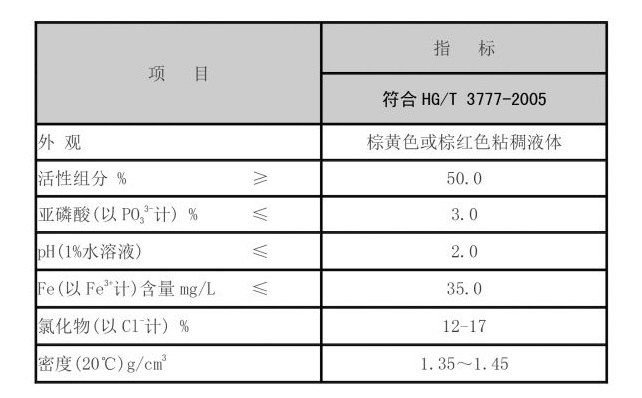Exploring the Properties and Applications of Polyacrylamide in Aqueous Solutions
The Role of Polyacrylamide in Water Treatment An Overview
Polyacrylamide (PAM) is a synthetic polymer that has gained significant attention in water treatment applications due to its versatile properties and effectiveness. Originating from acrylamide, a water-soluble compound, polyacrylamide is primarily known for its ability to absorb water and form gels, making it an essential agent in various industrial processes, including wastewater treatment, soil conditioning, and sedimentation control. The focus of this article is to explore the characteristics, applications, and benefits of polyacrylamide in water treatment.
Characteristics of Polyacrylamide
Polyacrylamide is created by polymerizing acrylamide, which can occur in different molecular weights and forms, including anionic, cationic, and nonionic variants. This diversity allows PAM to interact differently depending on the charged particles present in the water. Anionic polyacrylamide, for instance, is often used when treating positively charged particles such as metal hydroxides, while cationic polyacrylamide is effective for negatively charged particles. Nonionic variants are neutral and can function effectively across a broader range of conditions.
One of the standout features of polyacrylamide is its ability to flocculate, or clump together, suspended particles in water. This action helps in the removal of impurities and enhances the efficiency of the clarification processes. Furthermore, PAM can improve the settling rates of solids, making it an invaluable asset in both municipal and industrial wastewater treatment facilities.
Applications in Water Treatment
The applications of polyacrylamide in water treatment are numerous and varied. In municipal wastewater treatment, PAM is commonly applied to enhance the sedimentation of sludge, which helps in the efficient removal of contaminants. During the secondary treatment phase, PAM can aid in the clarification of effluent, ensuring that the final discharge meets regulatory standards.
In industrial settings, the use of polyacrylamide is invaluable, especially in sectors such as mining, paper production, and food processing. For instance, in the mining industry, PAM can assist in the removal of fine particles from tailings, promoting the recovery of valuable minerals. In the paper industry, it contributes to improved retention of fibers and fillers during the pulping process, which ultimately enhances paper quality.
polyacrylamide in water

Moreover, polyacrylamide is also used in stormwater management systems, where it helps control sediment and pollutants from runoff. Its application ranges from large-scale municipal projects to smaller agricultural fields where soil stability and erosion control are essential for maintaining water quality.
Benefits of Polyacrylamide in Water Treatment
The benefits of using polyacrylamide in water treatment are manifold. Firstly, its efficiency in flocculation leads to reduced operational costs by lessening the need for additional chemical coagulants. Consequently, this results in lower disposal costs of sludge since PAM improves the quality and compaction of the sludge produced.
Secondly, the use of polyacrylamide can significantly enhance the quality of treated wastewater. By effectively removing harmful pollutants, PAM assists in producing water that is safe for discharge into natural bodies or for reuse in various applications, such as irrigation and industrial processes.
Lastly, polyacrylamide's versatility allows it to be tailored to specific water treatment needs. By adjusting its molecular weight and charge, water treatment facilities can optimize their processes, ensuring a lower environmental impact while maintaining compliance with regulatory standards.
Conclusion
In summary, polyacrylamide is a powerful tool in the field of water treatment, offering efficiency, versatility, and cost-effectiveness. Whether in municipal, industrial, or agricultural applications, its ability to flocculate suspended solids and enhance sedimentation processes makes it a valuable resource in the quest for clean and safe water. As industries continue to seek innovative solutions for water management, polyacrylamide will likely play an increasingly crucial role in sustainable practices.
-
Pbtc Scale InhibitorPBTC: A Scale Protector for Industrial Water TreatmentNewsAug.05,2025
-
Organic Phosphonate: An Efficient Defender in the Field of Scale InhibitionNewsAug.05,2025
-
Hydrolyzed Polymaleic Anhydride: Green Pioneer in Scale Inhibition FieldNewsAug.05,2025
-
PAPEMP Polyamino Polyether Methylene Phosphonic Acid For SaleNewsAug.05,2025
-
Flocculant Water Treatment: A Pioneer in Purification in the Field of Water TreatmentNewsAug.05,2025
-
Benzyl Isothiazolinone: An Efficient and Broad-Spectrum Antibacterial Protective GuardNewsAug.05,2025





